Information Technology Reference
In-Depth Information
interval (3, 7], the greater the value is, the greater the consumption is. The energy of
each node is distributed in the range of the interval (45000, 55000] mj.
Through several experiments, in order to obtain a high-quality solution rapidly in a
short period of time, the parameters of PSO are set as follows: maximum number
of iterations
ite
max
is 100, the size of population
K
is 50,
w
max
is 0.9,
w
min
is 0.5,
c
1
and
c
2
is 2,
w
1
is 1,
w
2
is 1,
w
3
is 3.
3.95
3.9
3.85
3.8
3.75
NEPSO
RTAA
3.7
M CTTA A
3.65
600
700
800
900
1000
1100
1200
1300
Number of batches
Fig. 1.
The entropy of different numbers of batches
As shown in Figure 1, here are a set of experiments to observe the performance of
wireless sensor networks under different task batch. In the respect of balancing
networks energy to improve networks lifecycle, compare to MCTTAA and RTAA,
NEPSO shows good results. The Energy Entropy is keeping at about 3.9. From this
figure, we can know that three algorithm can let the network has a good entropy when
the batches of task is small, especially at the interval [600, 900]. However, with the
increasing of the batches of task, entropy of MCTTAA declining much faster than
the others. Similarly, although the RTAA let network energy entropy still maintaining
at a good level, but compared to the NEPSO algorithm, it is more poor.
Figure 2 and Figure 3 are the compare of execution time. Due to MCTTAA is based
on the shortest completion time, whether the average execution time or minimum
execution time, it shows a very good performance. RTAA and NEPSO is worse.
As shown in Figure 8, the average execution time of NEPSO and RTAA is almost
the same, and their corresponding curves are almost overlapping. And on the
minimum execution time, as shown in Figure 9, NEPSO after MCTTAA is superior to
RTAA.
























































































